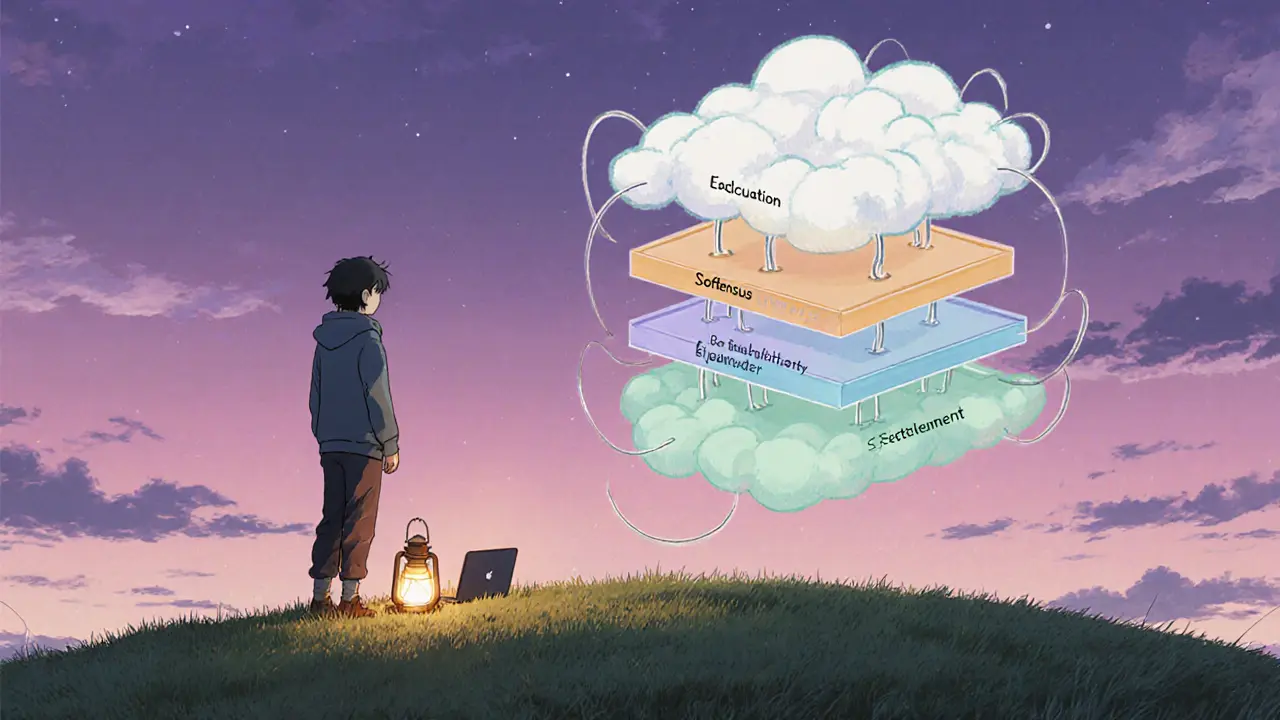Scalability in Crypto: Why Speed and Cost Matter
When talking about Scalability, the ability of a blockchain network to process more transactions quickly and cheaply as usage expands. Also known as scaling, it is the foundation for any project that wants to stay usable when users jump from hundreds to millions. Layer 2 scaling refers to solutions built on top of a base chain to off‑load work, while maintaining security through the underlying protocol. Cross‑chain bridges enable assets to move between different networks, expanding capacity without overloading a single chain. Finally, Low gas fees are a direct result of efficient scaling designs, keeping transaction costs affordable for everyday users. Together these pieces form a toolbox that lets developers and investors handle growth without sacrificing speed or price.
Key Concepts Behind Scalability
Layer 2 solutions like rollups or state channels compress multiple transactions into a single proof, dramatically reducing the data each block must carry. This compression not only speeds up confirmation times but also cuts the fee per transaction, which is why many newer tokens tout "ultra‑low gas" as a selling point. Scalability also depends on how well bridges manage asset custody; a trustless bridge locks tokens on the source chain and mints equivalents on the destination, preserving security while boosting throughput across ecosystems. Meanwhile, Layer 3 builds on top of Layer 2 by adding specialized features such as Order‑Execution‑Value (OEV) protection or custom virtual machines, further stretching capacity without sacrificing decentralization. The interplay of these layers means a network can scale vertically (more complex features) and horizontally (more concurrent users) at the same time.
In practice, a project that combines a Layer 2 rollup with a reliable cross‑chain bridge and optimizes gas usage can support global user bases, DeFi apps, and NFT marketplaces without hitting bottlenecks. Our article collection below shows how different tokens and platforms approach these challenges—from the Molten Layer 3 design that promises sub‑cent gas to the practical guide on selecting safe bridges. Dive in to see real‑world examples, risk assessments, and step‑by‑step instructions that will help you evaluate whether a particular solution meets your scalability needs.






